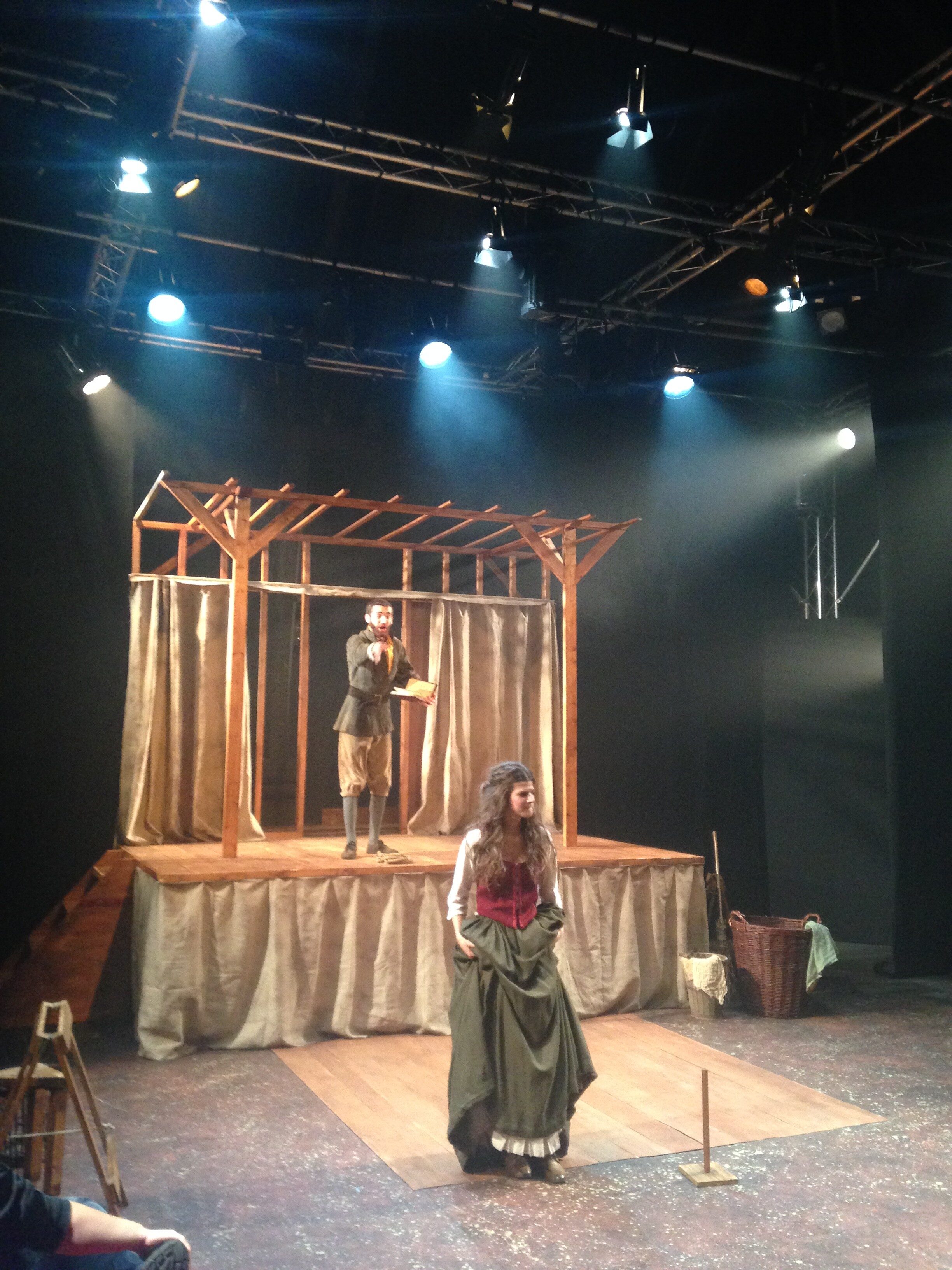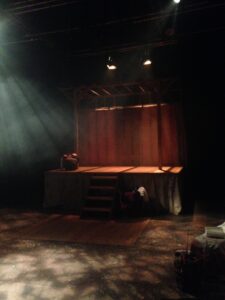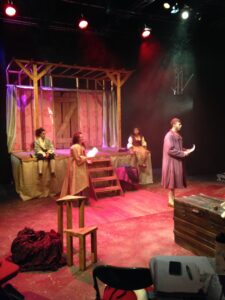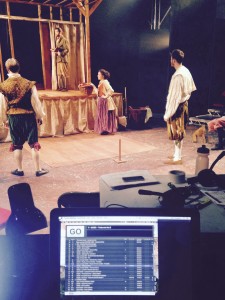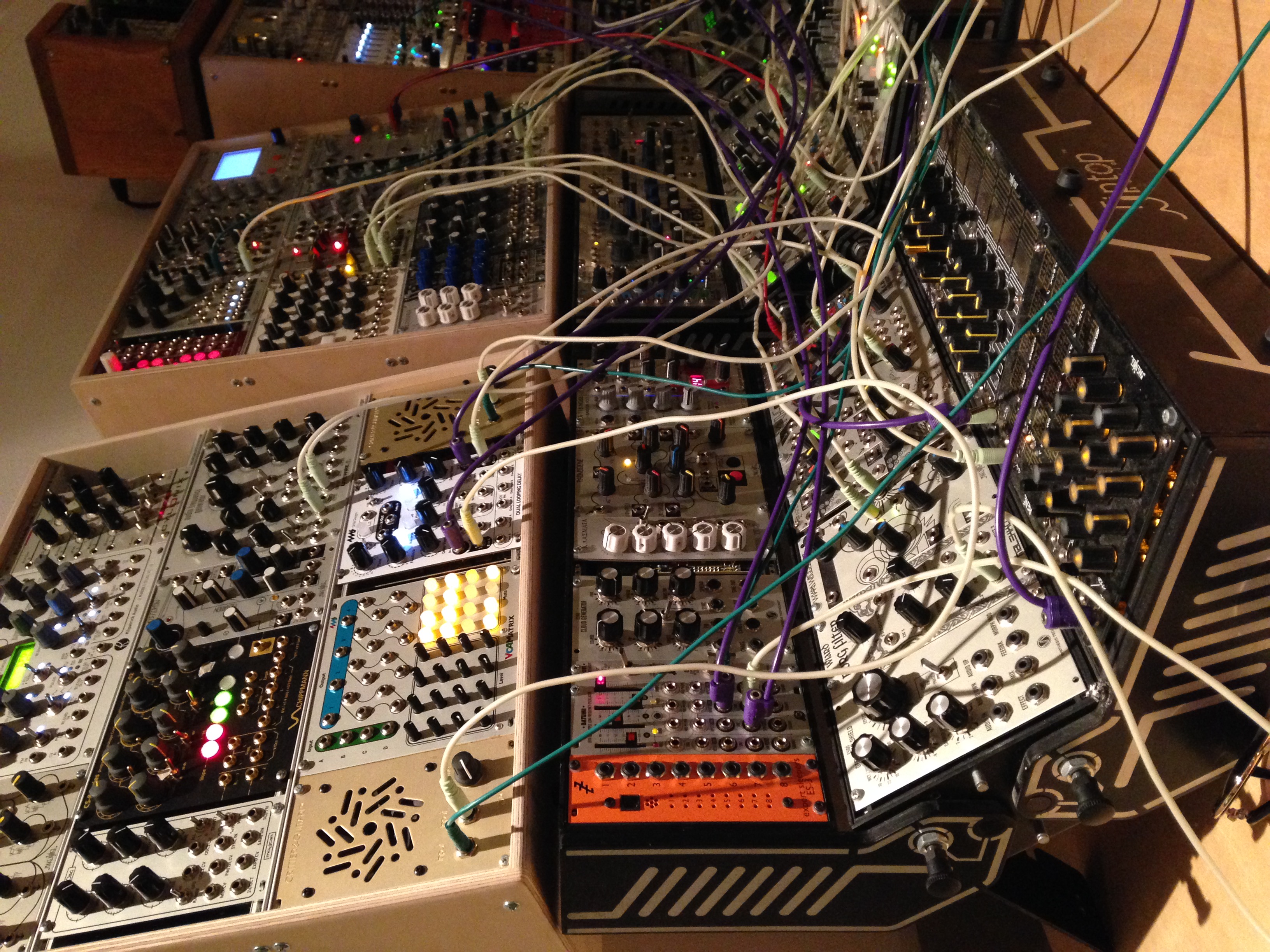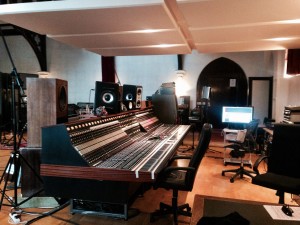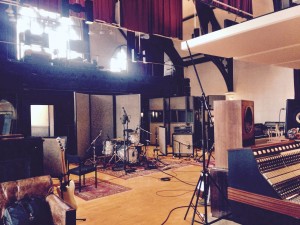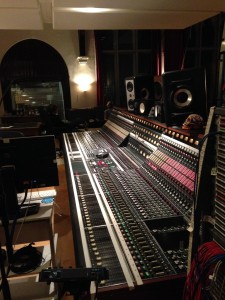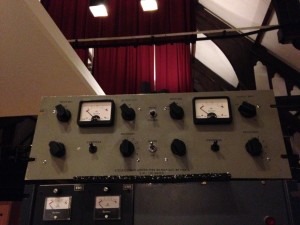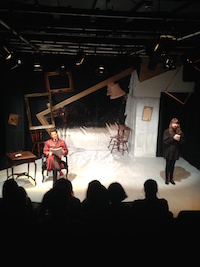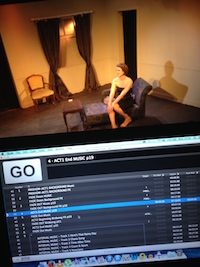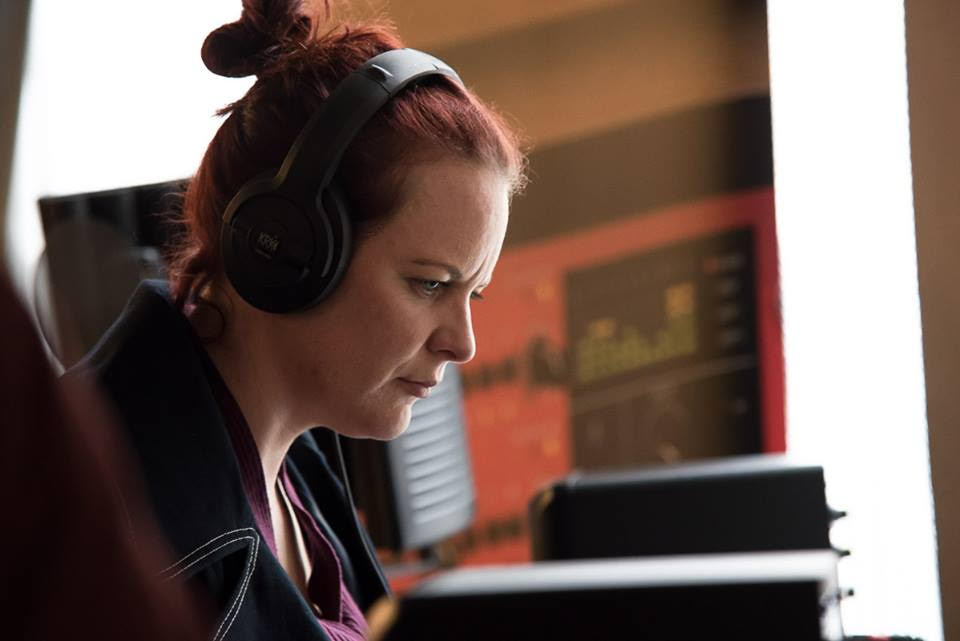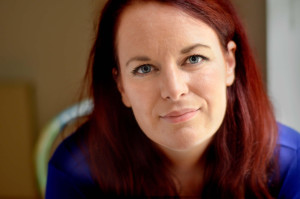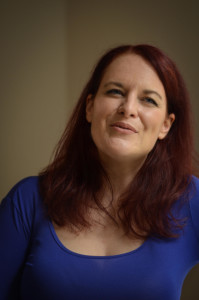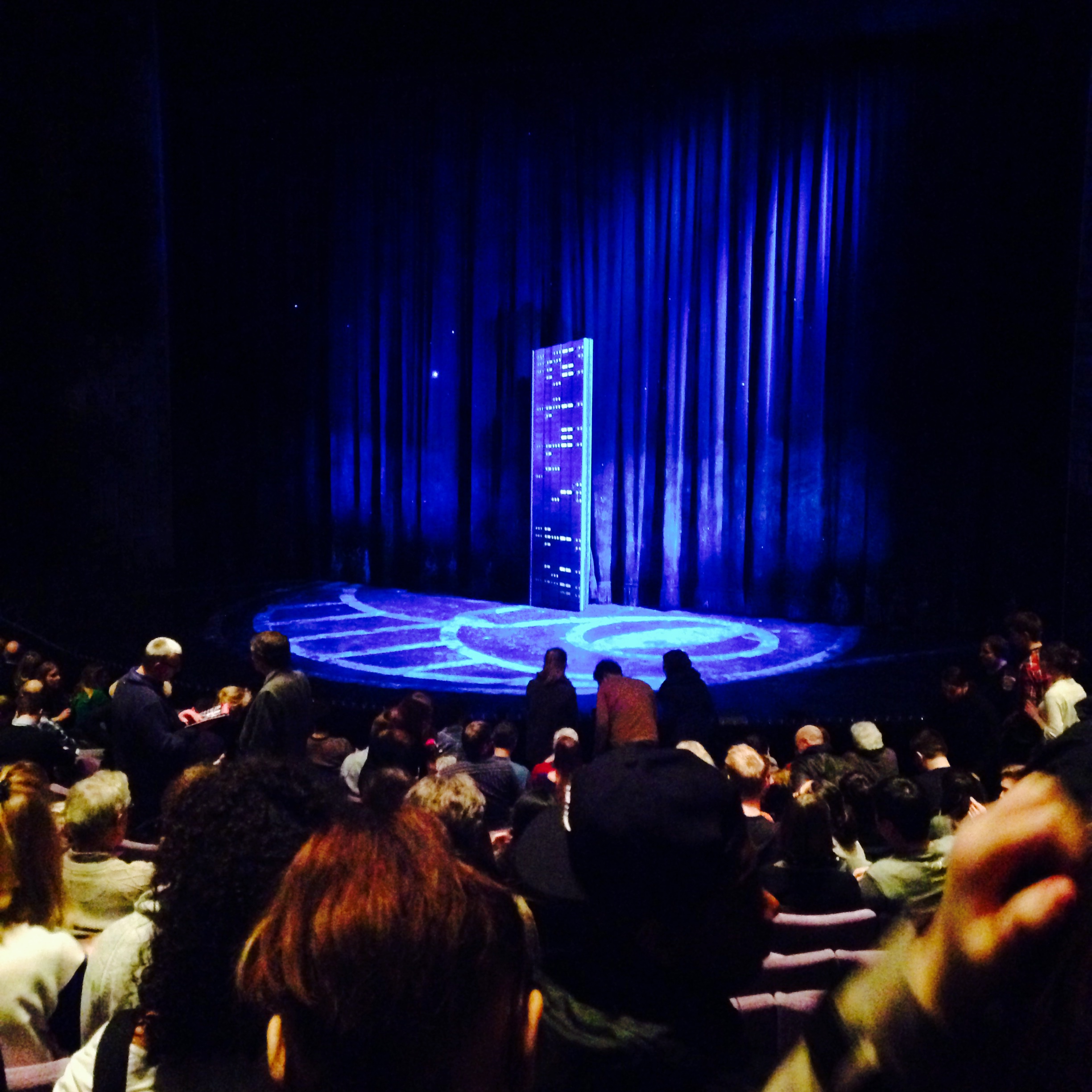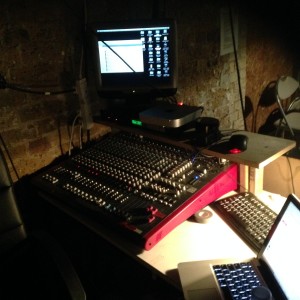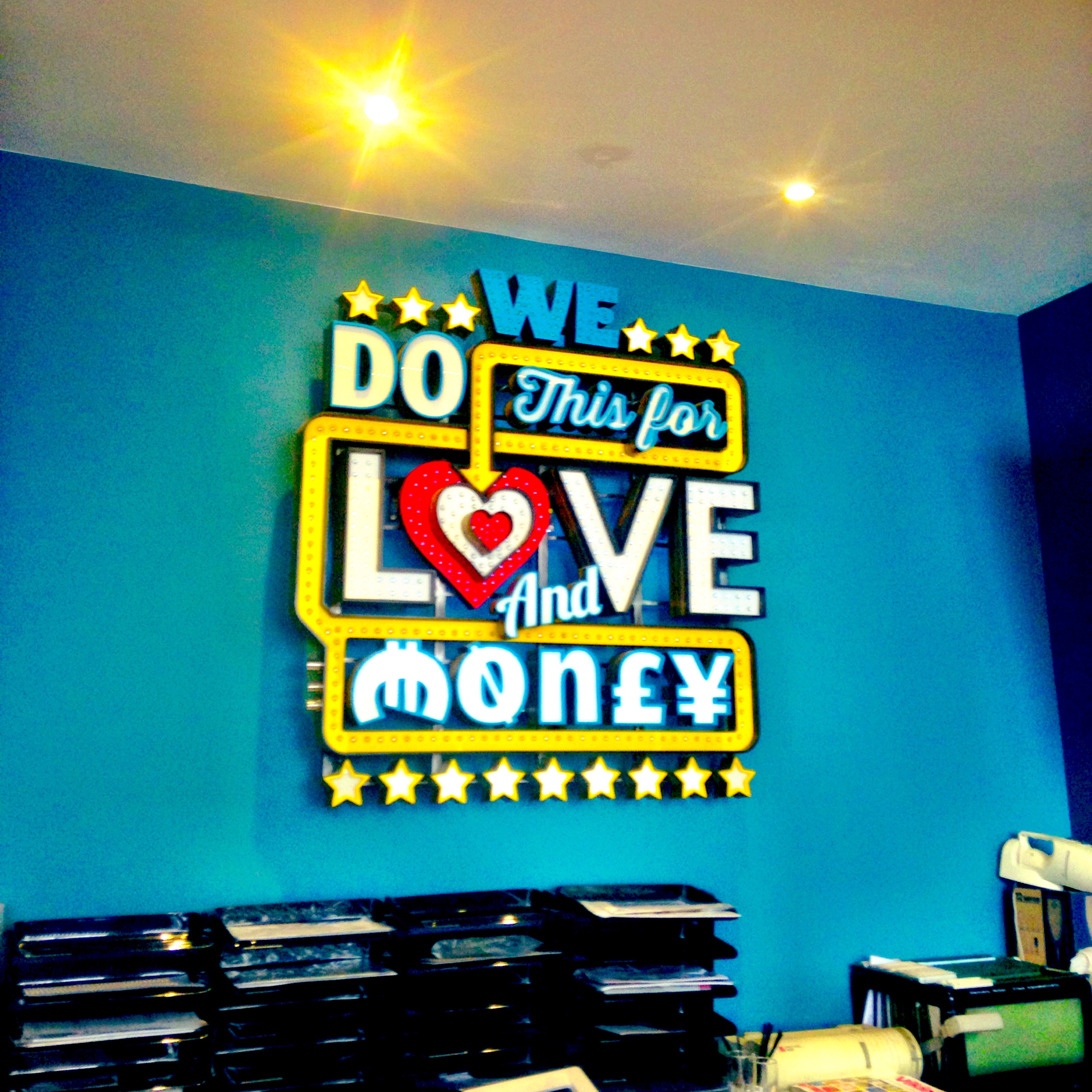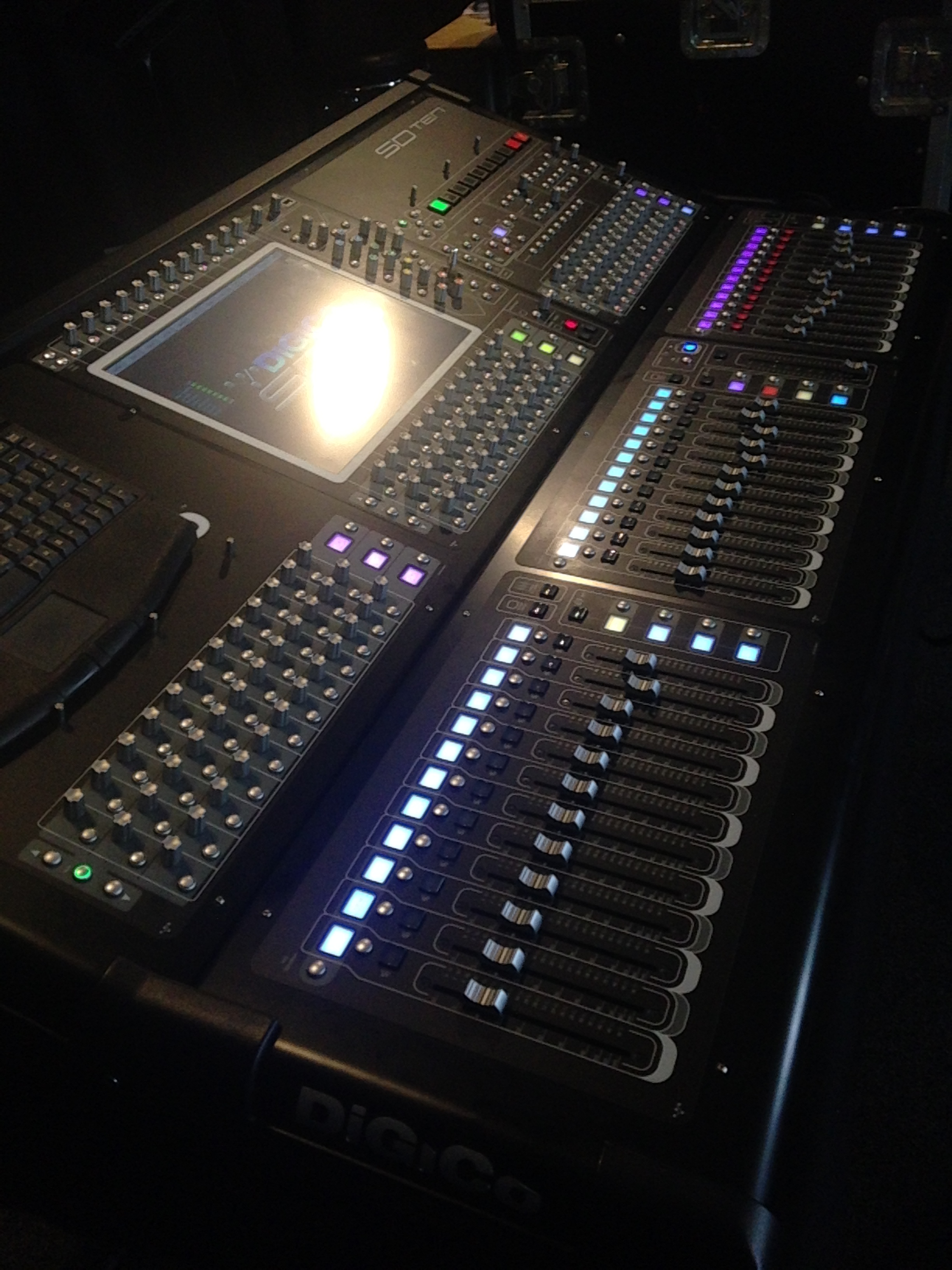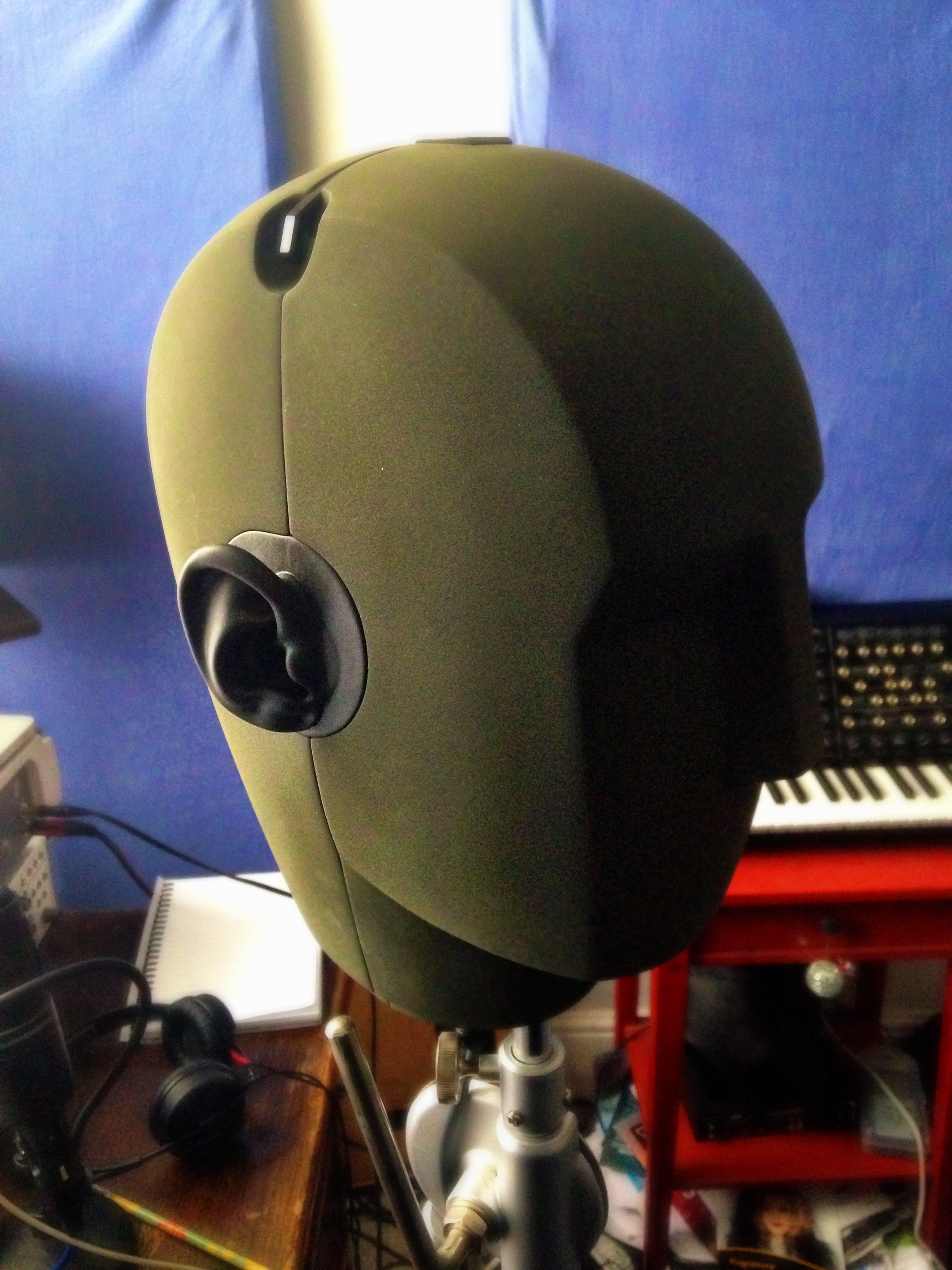
What I Learned This Week
Four things I learned about sound design this week
This week I took a bit of a break from sitting in a dark theatre (or studio) to go off and learn more about sound design at the Association of Sound Designer’s Winter School. From Foley to speaker system optimisation, the seminars covered a wide range of topics in and around sound for theatre, and there were several social events as well, so we could meet fellow soundies. Of the many interesting and useful pieces of information I’ve encountered this week, I’ve picked out a few to share:
There’s a lot of Foley in nature documentaries
When you think about it, it’s not that surprising that nature documentaries require extensive Foley work. It’d be a bit tricky to get a boom operator close enough to record polar bear footsteps across the snow, for example. I was impressed by the layers of Foley required to create complex sounds, like the sound of an active volcano. Top tip: shampoo rubbed over your hands can be used to create a whole world of sounds, from a large animal licking its young to liquid lava flow (when pitched down).
Recording sound effects will always require more time and more preparation than you think – especially when recording outdoors
There are many variables to consider when recording sound effects in nature, most of which you can’t control – including the weather and external noise. Thorough preparation and patience are attributes to develop if you ever want to invest time and money in recording sound effects. Sound design guru John Leonard told us several entertaining stories which highlighted the need for research before you embark on a location recording session, especially checking if it’s the right time/season/weather to capture the sound you need. He learned this the hard way after standing for several hours late at night (when it would be quiet) waiting for a clock to chime, only to find out the next day that they turned it off every night at 10 pm.
You don’t have to invest in a pricey mic to experiment with surround sound
I investigated using ambisonic (surround) microphones last year as part of my explorations into surround sound formats but was a bit put off by the price. A Sennheiser Ambeo will set you back around £1500GBP or $1650USD, and a DPA 5100 Mobile Surround mic is even more. So I was delighted to learn (thanks again to John Leonard) that there’s a cheaper alternative if you want to experiment with surround before investing. The Zoom H2N (a much more affordable £120GBP/$160USD) has a firmware upgrade that allows for four channel surround sound, combining the X/Y and MS in “Spatial Audio” mode. Also worth keeping an ear out for are Sennheiser’s AMBEO Smart Surround compact earphones (yes, consumer-level) with binaural recording capabilities.
Adding an audience won’t affect the overall level as much as you might have thought
I’ve always considered audience size when setting my levels for a theatre show, in particular, the absorptive effect of a large number of human bodies. It turns out that I don’t need to worry as much for those venues which already contain a high amount of absorbent materials. Bodies sitting on soft seats, for example, won’t increase the amount of absorption. Of course, it’s still important to consider venues with a lot of reflective surfaces and hard seats.
There’s always something new to learn
It’s not just about new gear and technical know-how. More than anything, this week has reminded me how important it is to get out and expose my ears to the world outside my studio. This week was the perfect opportunity to not only learn about techniques and software that have been on my list for a while but also meet and learn from my fellow peers. As well as discovering more about Max DSP and DMEs (Digital Mixing Engines), I also increased my list of preferred theatre sound hire companies, got a great recommendation for a film composition course and learned more about why and how colleagues choose a particular system.
If you have the opportunity to get out of your particular box this month, I would recommend it. You never know what useful tips you might pick up.

